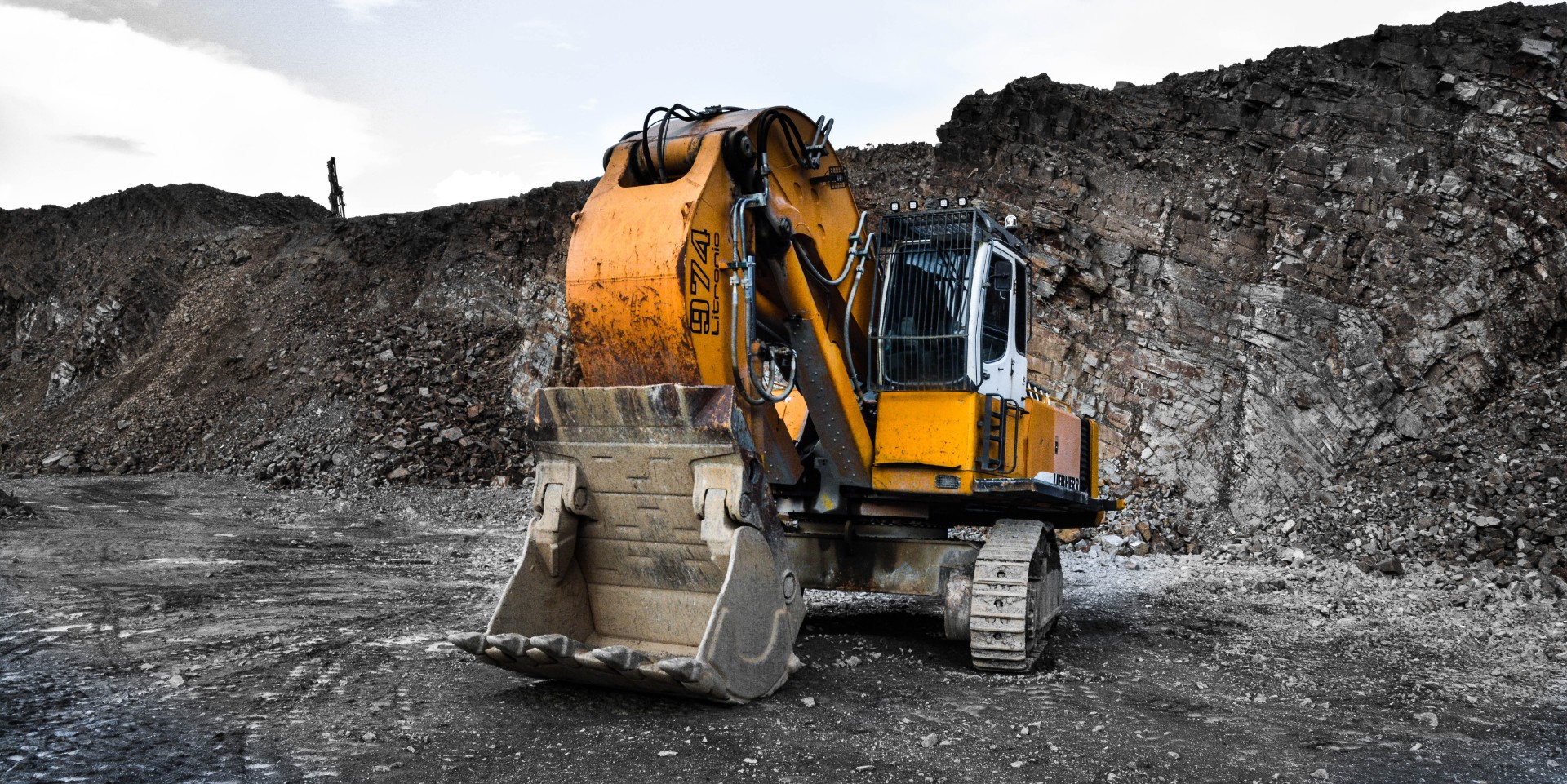
Radon is a colourless, odourless, tasteless, radioactive gas that is formed from the natural radioactive decay of uranium found in many rocks, soils and water. It is a known human carcinogen; in fact, as the second leading cause of lung cancer behind smoking, it presents a serious health risk to those exposed.
Radon exposure is most dangerous where radon concentrations are confined, enclosed or restricted in a space such as a basement, mine, cave, utility service duct or tunnel. Radon gas levels can vary by day, season and geographic area. Because natural ventilation dilutes radon gas levels, employees working at open air excavation or trenching worksites are not likely to be exposed to hazardous concentrations of radon except in rare circumstances. However, any employees working underground or in enclosed ground-level areas where the ground emits radon face an increased risk of lung cancer, depending on their time of exposure and the level of radiation.
Employer Responsibilities
As an employer, you are responsible for protecting your employees against the hazard of radon gas. Test for hazardous atmospheres before employees enter excavations deeper than 1.2 metres (4 feet). If radon exposures are hazardous, take adequate precautions to prevent employee exposure, including providing respiratory protection or ventilation.
Employees should not be exposed to more than 100 picoCuries per liter (pCiL) of radon for more than 40 hours in any workweek of seven consecutive days.
Remediation is recommended when the radon level in a space is 4 pCi/L or higher; however, levels lower than this can still pose a risk and should be reduced.
Knowing Levels
Generally, you can test for radon yourself or hire a qualified radon professional, using the method of testing most appropriate to your time constraints. Testing can be passive (using charcoal canisters or alpha-track detectors, which are relatively inexpensive and readily available) or active (using continuous radon monitors, which are used by radon professionals). Testing lasts a minimum of 48 hours and can exceed 90 days.
It is recommended that you contact a qualified radon reduction contractor and take action whenever levels of radon are shown to exceed 4 pCi/L.
Methods of Remediation
The right radon mitigation systems for your workplace can be evaluated by a radon reduction contractor. The right remediation method depends on the nature of the space, materials involved and other factors.
Exposure
There are no discernable early signs of radon poisoning. However, you should always be mindful of early signs of lung cancer, which can be caused by continued exposure to radon gas. If any of your employees complain of a worsening cough, chest pain, coughing up blood, shortness of breath, wheezing or repeated respiratory infections, consider sending them to a doctor for diagnostic care.
Contact the Axis Insurance Group today to learn more about radon in the mining industry.
Looking for more information about risk management specific to your industry? Download our free Mining & Mineral Exploration Guide for our custom-made solutions and more.


